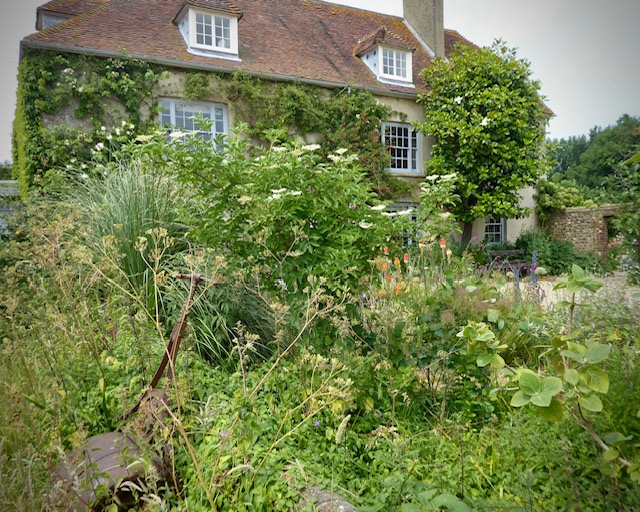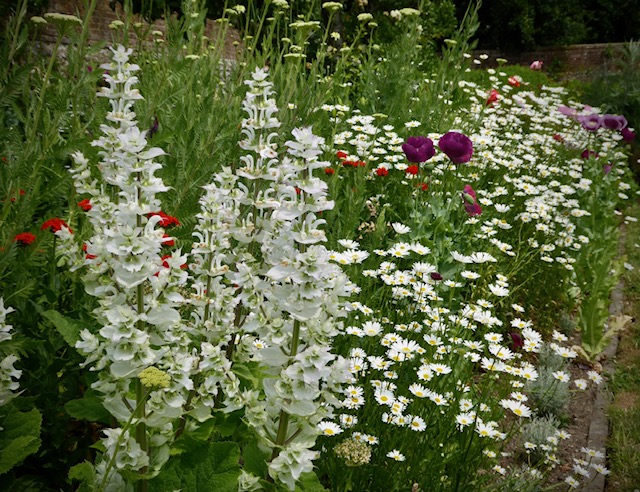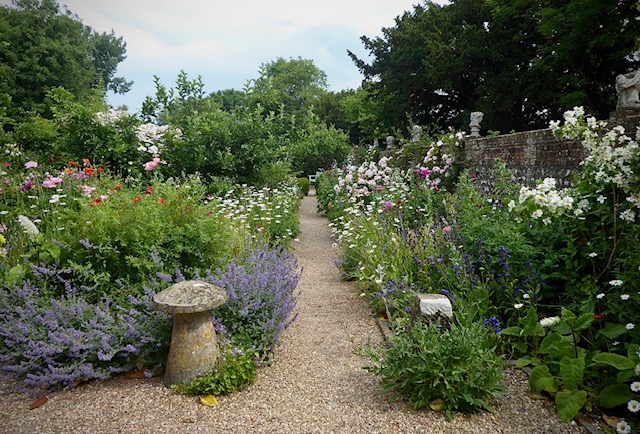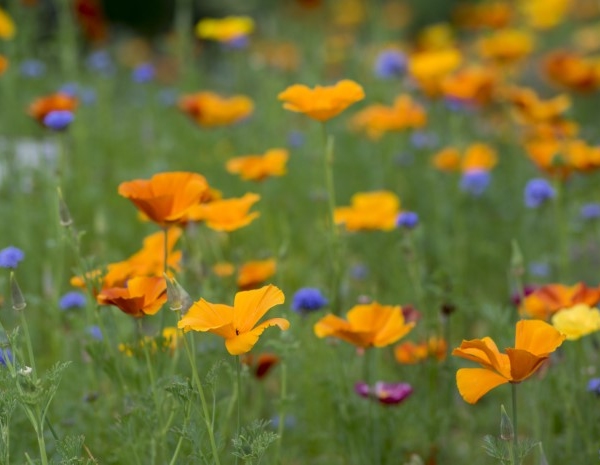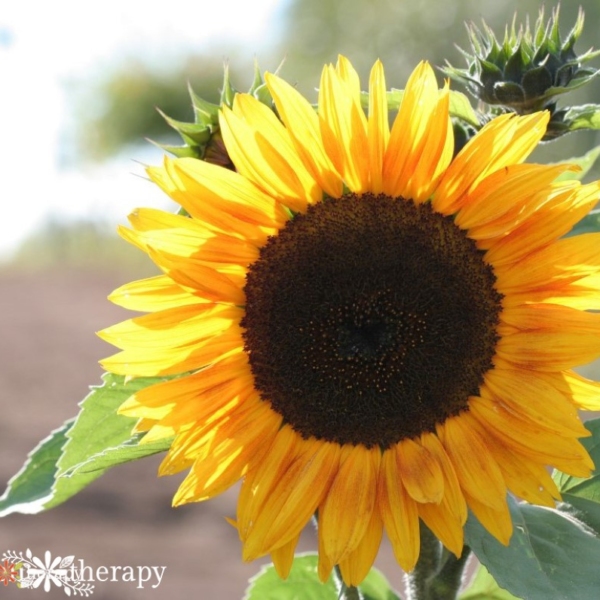The artist’s garden has been a hot topic of late, pulled back into focus with Sarah Price’s interpretation of Cedric Morris’s garden at Benton End for the Chelsea Flower Show last month. A garden as a space to paint or as a source for cut flowers for still-life compositions is a different thing entirely from a garden choreographed and designed to view as one.
For the artist Vanessa Bell, who moved to Charleston Farmhouse with her husband Clive Bell, her lover Duncan Grant (the Bloomsbury Set dynamics were nothing if not unorthodox), along with her children Julian and Quentin (she’d later have another child, Angelica, with Grant), the walled garden, with its old fruit trees and vegetables, would become a flower-filled haze and the source of stems that she’d paint in her studio, which opens directly out into the garden.
The garden was redesigned by their friend Roger Fry (who also devised the handbuilt fireplaces throughout the farmhouse that were essential in the bitingly cold 1916 winter when the artists arrived as conscientious objectors in the middle of the First World War). Long paths are lined with flower-filled borders, with a central lawn punctuated by a tiled pond. A terrace with another small pond and table was placed to catch the evening sun and towards the back of the space, there was a vegetable garden which remains today.
In 2020, in the midst of the first few months of the pandemic, Harry Hoblyn took over as head gardener, having served a year-long traineeship, and continues to negotiate the balance between a garden’s rich heritage and driving it forward. On a baking midsummer day we stopped by for a closer look.
Photography by Clare Coulson.
